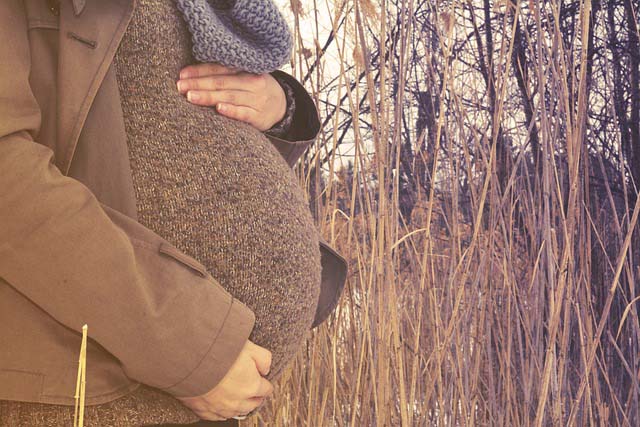Background
Findings from previous studies on maternal 25-hydroxyvitamin D [25(OH)D] levels during pregnancy and autism spectrum disorder (ASD) in offspring are inconsistent.
Methods
The association between maternal 25(OH)D levels during pregnancy and offspring ASD was examined using data from a nationwide population-based registry with a nested case-control study design.
ASD cases ( n = 1,558) were born between 1987 and 2004 and received an ASD diagnosis in 2015; cases were matched with an equal number of controls.
Maternal 25(OH)D levels during pregnancy were measured by a quantitative immunoassay from maternal sera collected during the first and early second trimester and archived in the national biobank of the Finnish Maternity Cohort.
Conditional logistic regression examined the association between maternal 25(OH)D levels and offspring ASD.
Results
In the adjusted model, there was a significant association between increasing log-transformed maternal 25(OH)D levels and decreased risk of ASD in offspring (adjusted odds ratio [aOR] 0.75; confidence interval [ 95% CI: 0.62-0.92, p = .005).
Quintile analyzes of maternal 25(OH)D levels revealed increased odds of ASD in the lowest 2 quintiles , <20 (aOR 1.36, 95% CI 1.03–1.79, p = 0.02) and 20–39 (OR 1.31, 95% CI 1.01–1.70, p = .04), compared with the highest quintile.
The increased risk of ASD was observed in association with deficient (<30 nmol/L) 25(OH)D (aOR 1.44, 95% CI 1.15-1.81, p = 0.001) and insufficient (30 -49.9 nmol/L) maternal levels (aOR 1.26, 95% CI 1.04-1.52, p = .01) compared to sufficient levels.
Discussion
This nationwide registry-based study revealed an association between low maternal 25(OH)D during pregnancy and elevated risk of diagnosed ASD in offspring. The association was significant when vitamin D was analyzed as a linear and categorical variable.
Adjusting for numerous potential confounders did not alter the associations. Given the large sample size, as well as other methodological strengths, these findings in our opinion provide the strongest evidence to date for a link between prenatal vitamin D deficiency and ASD in the offspring.
Several mechanisms may explain the association between low maternal vitamin D levels and offspring ASD. Fetal brain development is a complex process influenced by an individual’s genotype and environmental factors, including the intrauterine environment. Low vitamin D levels result from inadequate sun exposure, inadequate dietary intake of vitamin D, and physiological risk factors such as obesity and skin color.
Vitamin D receptors are widely distributed in CNS neurons, peripheral neurons, and non-neuronal brain cells. The presence of the vitamin D receptor in the CNS suggests a significant role of vitamin D in structural and functional development and maturation in brain development.
Vitamin D affects brain function through the regulation of calcium signaling, neurotrophic and neuroprotective actions, neuronal differentiation, maturation and growth. The present findings suggest that vitamin D deficiency in utero may negatively affect fetal programming, increasing the risk of later development of ASD.
Our findings are consistent with the results of the two Dutch Generation R studies, each of which included several thousand mother-child pairs and used the Social Responsiveness Scale (SRS) for autism-related traits.
Furthermore, maternal vitamin D in the present study was measured during early and mid-gestation, and it is possible that the window of risk associated with exposure remains open during the postnatal period.
A study based on the Northern Finnish Birth Cohort suggested that lack of vitamin D supplementation during the first year of life was associated with an increased risk of schizophrenia in men. Although the same association has not been proven for ASD, it is likely that exposure may be related to a broader range of neurodevelopmental disorders.
Conclusions These findings suggest that maternal vitamin D deficiency is related to an increased risk of ASD. If future studies confirm the association, this will have public health significance, as vitamin D deficiency can be easily prevented. Furthermore, we propose that maternal vitamin D deficiency and ASD risk in offspring should be studied in risk groups with higher rates of ASD, for example, immigrants and children born prematurely. Future studies should examine whether maternal vitamin D deficiency is associated with specific ASD symptomatology. Additionally, additional work may help elucidate the interaction between genetic variants and maternal vitamin D on ASD risk. |
















